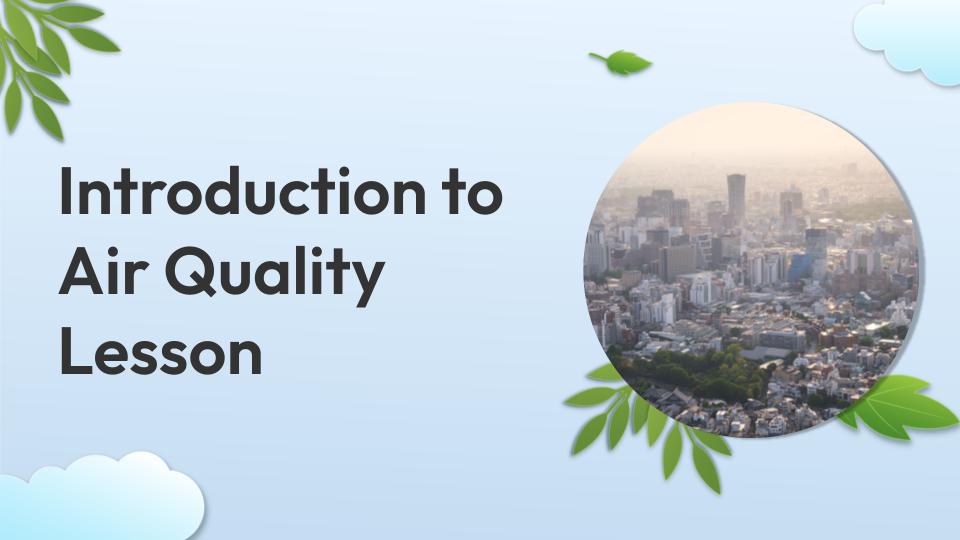In this lesson, students are introduced to air quality and the Environmental Protection Agency through reading the book Why Is Coco Orange?
Inquire: Using a KWL chart, students brainstorm what they know about air quality and what they want to learn.
Investigate: Students read Why Is Coco Orange?, a story about a chameleon and how his skin changes color depending on the air quality.
Inspire: Students complete a journal entry based on the lesson.


